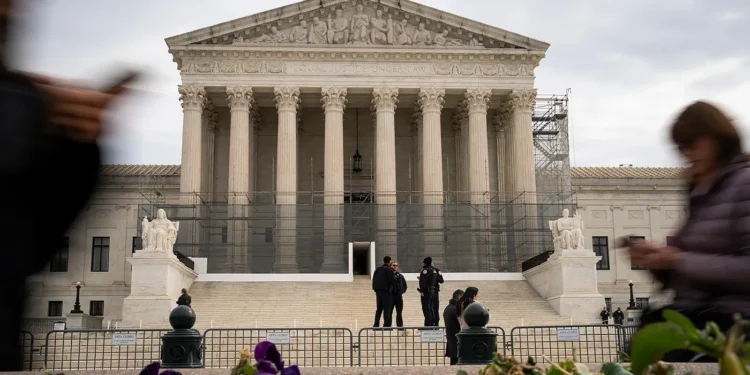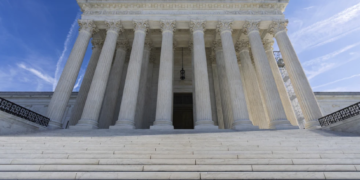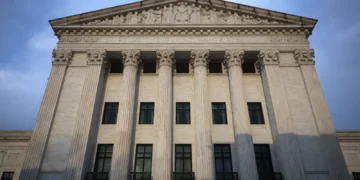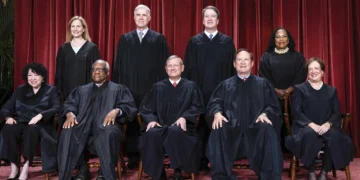June 27, 2025 Story by Publisher
The U.S. Supreme Court announced a decision to delay final judgment on Louisiana’s congressional map ordering new arguments in the fall. The decision effectively pauses a high-stakes legal battle over voting rights, racial representation, and political power in one of the Deep South’s most heavily gerrymandered states.
At the heart of the case lies the question of whether Louisiana must preserve a second majority-Black congressional district—a pivotal issue that reshapes the state’s political landscape and may alter the balance of power in the U.S. House during the 2026 midterms.
The Legal Background
The lawsuit, brought by civil rights groups and Black voters, challenges the Republican-controlled Louisiana Legislature’s post-2020 census map, which maintains just one majority-Black district out of six, despite the fact that Black residents make up nearly one-third of the state’s population.
After the 2020 census, Louisiana needed to draw a new map for its six congressional districts. Although roughly a third of the state’s population is Black, the map that the legislature enacted in 2022 contained only one majority-Black district.
A group of Black voters challenged that map, arguing that it diluted the votes of Black residents. A federal court agreed that it likely violated Section 2 of the Voting Rights Act, which prohibits election practices that result in a denial or abridgment of the right to vote. It instructed the state to draw a new map with a second majority-Black district and barred the state from using the existing map.
The U.S. Court of Appeals for the 5th Circuit upheld that ruling and instructed Louisiana to draw a new map by Jan. 15, 2024. Without a new map by then, the court of appeals said, the district court would hold a trial and, if necessary, adopt a map for the 2024 elections.
The legislature drafted a new map, known as S.B. 8, with a second majority-Black district that begins in the northwest corner of the state near Shreveport and stretches 250 miles southeast toward Baton Rouge.
The “non-African American” voters then challenged S.B. 8. A three-judge federal district court ruled that the creation of the second majority-Black district was an unconstitutional racial gerrymander, and it barred the state from using the map in the 2024 elections.
In 2022, a federal district court found the map to be racially discriminatory and ordered the state to draw a second majority-Black district.
A divided Supreme Court put the three-judge court’s decision on hold in May, allowing the state to use the map during the 2024 elections, and in November it set the appeal by the state and the Black voters for argument.
Louisiana officials, led by Republican Attorney General Liz Murrill, appealed, arguing that race was given too much weight in the court’s redistricting mandate, and that such race-conscious remedies risk violating the Equal Protection Clause. Their legal team contends that a second Black-majority district would require impermissible racial gerrymandering.
During oral arguments earlier this year, several justices pressed both sides on the constitutional and statutory boundaries of race in redistricting. The case arrives in the shadow of last year’s Allen v. Milligan decision, in which the Court upheld a similar order in Alabama. That precedent looms large, but with one-third of the docket still undecided and conservative justices signaling unease with federal court interventions, it remains unclear how closely the Court will hew to its 2023 ruling.
Source: SCOTUSblog / CBS News

















